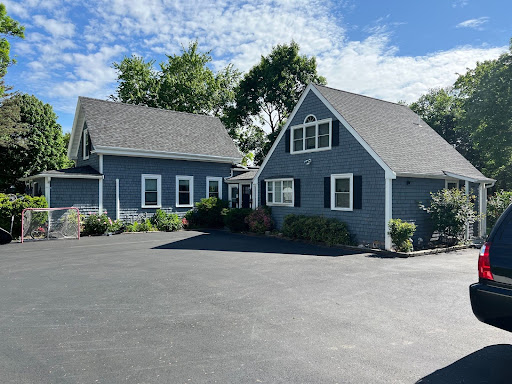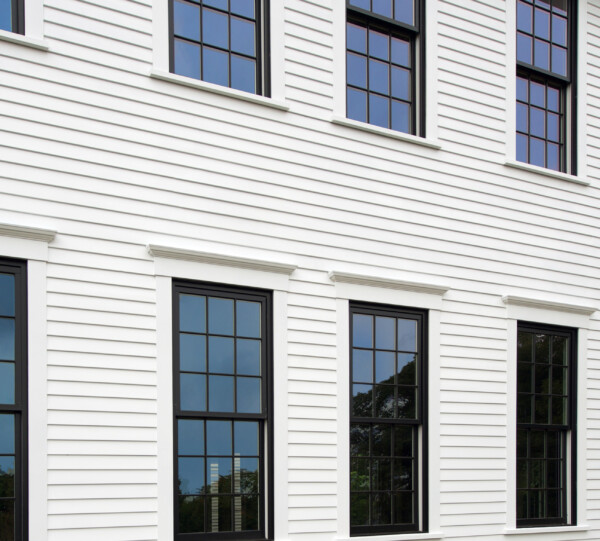It is important to know the warning signs of a failing roof. Read some of the tell-tale signs that your roof needs to be replaced.
1. Curled or Buckled Shingles
Curled or Buckled shingles are a clear sign that your roof has some age on it.
Buckled shingles can occur because of moisture in the attic space forcing nails to push up and out of the roof’s decking.
This mishap can leave your home exposed to outside elements as well as being prone to shingle blow-offs during a storm.
2. Tar Streaking or Algae Growth
Tar Streaking and Algae growth is caused by bacteria eating away at the shingles weatherproofing properties. Cheap shingle manufacturing companies use fillers like limestone to keep the cost of shingle production low. This algae will eat away the limestone causing the black streaking and thus compromising the weatherproofing properties.
3. Missing Granules
Missing granules are a sure sign that your roof is dramatically losing its weatherproofing properties. To check to see if you are missing granules, check your gutters for granule build up.
You can also check your downspout splash pan for granules or sometimes you can shake it and if you hear a rattling this is another sign that your shingle’s granules are falling off.
4. Moisture and Mold
When an attic is not vented properly and warm moist air rises, that warm air can get trapped in the attic. Once this happens, condensation develops on the underside of the roof, causing rusty nails and, eventually, mold growth.
Unfortunately, if left long enough plywood can rot out and you’ll need a new roof.
It can happen with new or old roofs as sometimes this is due to over-insulating, which blocks some of the vents. Just like a car, a home needs an appropriate intake (soffits) and exhaust (ridge vent).
As mold and mildew are an extremely intense health hazard, it’s extremely important that your roof has proper intake and ventilation.
You should act now to impede any extra costs of replacing all damaged wood as well as mold remediation.
5. Missing Shingles
Missing shingles are an open pathway for water to enter into your home. It’s as simple as that!
6. Daylight Coming Through Roof Boards
This is also an obvious warning sign that your roof needs replacing as this opens pathways for moisture to enter the home.
If you see light streaking from the roof’s decking, you may have a big problem as this means the nails have fallen through or corrosive materials used have lost their weatherproofing properties as well (i.e. flashing, collars, and step flashing).
7. Attic Temperature Different from Outdoor Temperature
Your attic temperature is supposed to be consistent with the outdoor temperature as your attic should have sufficient ventilation that circulates air in and out of the attic.
This ventilation is crucial to preventing ice dam formation. If your attic is warmer than the outside temperature, your home is prone to ice dams. You may also see signs of blistering/peeling of exterior paint due to poor attic ventilation.
Each roof should have a ridge vent to remove excess heat and moisture which can also save on your energy bills and prevent premature peeling of interior paint.
8. Ice Dams
If you get huge icicles or ice dams on the edge of your roof, you may need to replace your roof. To stop ice dams and ensure your home is protected, you’ll need:
(1) Proper Ventilation , (2) Adequate Insulation and (3) Ice & Water Shield.
To learn more about ice dams and why they’re a sure warning sign that there are problems with your roof, click here.
9. Leaky Chimneys
Your roof and chimney should be properly flashed so that your home is sealed away from the elements.
If you have seen water leaking around your chimney, this is a sure sign that your chimney hasn’t been flashed properly or that it is no longer performing.
You want to make sure your roofing contractor has used a leak barrier to provide protection against leaks in vulnerable areas not only around your chimney but on all areas of your roof including eaves, rake, and sidewalls.
10. Excessively High Energy Bills
High heating and cooling bills can be from energy escaping due to poor ventilation and insulation in your home, especially in your attic and roof. If you notice you have high energy bills in addition to any of the warning signs listed above, it could be because your roof is under-performing.
A common misconception is that a roof is good for 10-15 years. A new roof should last at least that long, however, if there is misapplication or sub-par materials, the age means absolutely nothing. Use these tips to help protect your home and family and make sure that your roofing system is protecting your home for a lifetime.
If you think your roof is nearing the end of its life span, contact us today for a FREE no-obligation roof inspection at 978-817-7072. We pride ourselves in being a GAF Master Elite Roofing Contractor offering award-winning products with 25 years labor workmanship warranty and lifetime on the shingles.




